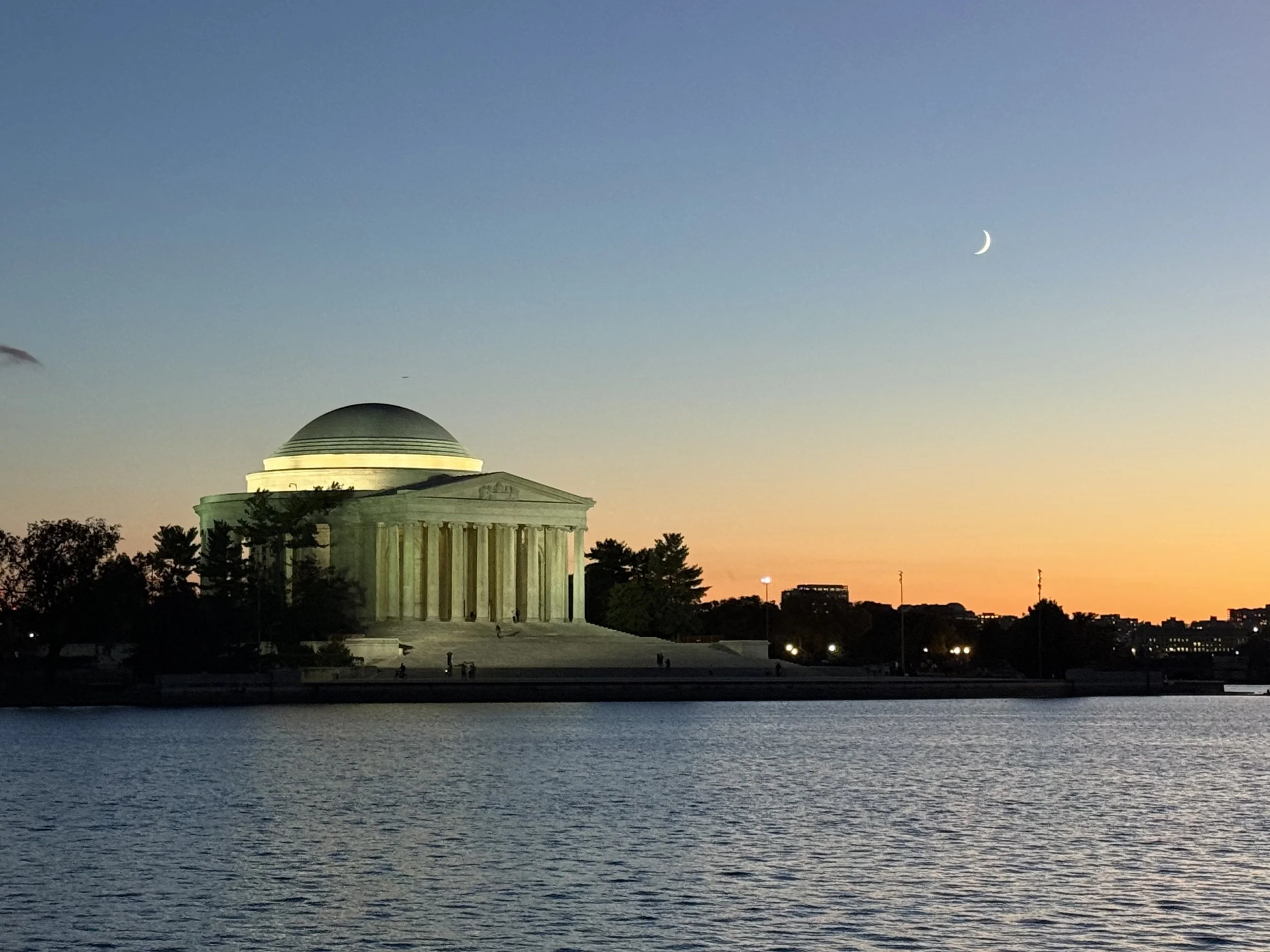Government "Taking" by Flooding
/State and federal courts have long held that a constitutional taking may occur from government-induced flooding. The Indiana Supreme Court recently handed down a unanimous decision explaining how courts should analyze permanent and temporary takings by flood waters. This decision is important to landowners, private property rights groups, and farm operators.
In Town of Linden v. Birge, the local government installed a water retention pond, subsurface drainage tile, and a grated manhole as part of a project intended to reduce town flooding. The manhole and some of the drainage tile were located in an existing drainage easement on the Birges’ property. After completion of the project, low-lying portions of the Birges’ property flooded after every heavy rainfall, damaging their farm. The Birges sued the town and county for inverse condemnation (also called a taking without just compensation).
On appeal, the Indiana Supreme Court held there were two types of flooding-related taking claims: (1) flooding that is “continuous” or “intermittent but inevitably recurring,” with a “substantial” invasion, which should be treated as a per se classic taking; or (2) flooding that is temporary or of “finite duration,” and then a court should consider the specific facts of the case (such as duration and degree of flooding, the character of the land involved, the owner’s reasonable investment-backed expectations, and the severity of the interference). The taking of the Birge’s farmland by government-induced flooding was, the Supreme Court held, a permanent taking.
The Court explained the flooding on the Birges’ land was repetitive and of indefinite duration, which amounts to a permanent condition. The flooding amounted to a permanent physical invasion by way of “intermittent but inevitably recurring overflows.” This type of physical appropriation reflects the “clearest sort of taking,” which triggers a simple rule: the government must pay for what it takes. The case was sent back to the trial court to hear evidence on whether the damage to the cropland was significant enough, since a taking only occurs when the damage is “substantial.”
The Court considered one other issue: whether the county’s statutory drainage easement meant it was immune from liability for damages to crops grown within that easement. The trial court had limited damages to crops grown outside the pre-existing drainage right of way. The Supreme Court reversed this holding. The Court explained that the drainage easement statute (I.C. § 36-9-27-33) granted a right of entry on land within 75 feet of a regulated drain only for the limited purpose of the drain’s operation, reconstruction, or maintenance. The statute prohibits a landowner from building permanent structures or planting woody vegetation in the easement, but says that otherwise the owner may use the land in a manner consistent with Indiana drainage law, which includes planting crops. While the government is exempt from damages to crops caused by the drain’s reconstruction or maintenance, the statute instructs the government to minimize any damages and give the landowner advance notice. The Supreme Court pointed out the “intrusions” contemplated by the statute were minimal and incidental. Such minor intrusions still allow the landowner to use the land in a manner consistent with drainage law, but the complete destruction of crops from intermittent yet inevitably recurring (aka, permanent) flooding does not. Thus, the Court concluded, the drainage statute did not exempt the county from liability for a takings claim.
This case clearly sets forth the parameters for a takings claim for damages caused by government-induced flooding. Landowners should contact an attorney if they believe the government has taken their land without paying just compensation.



